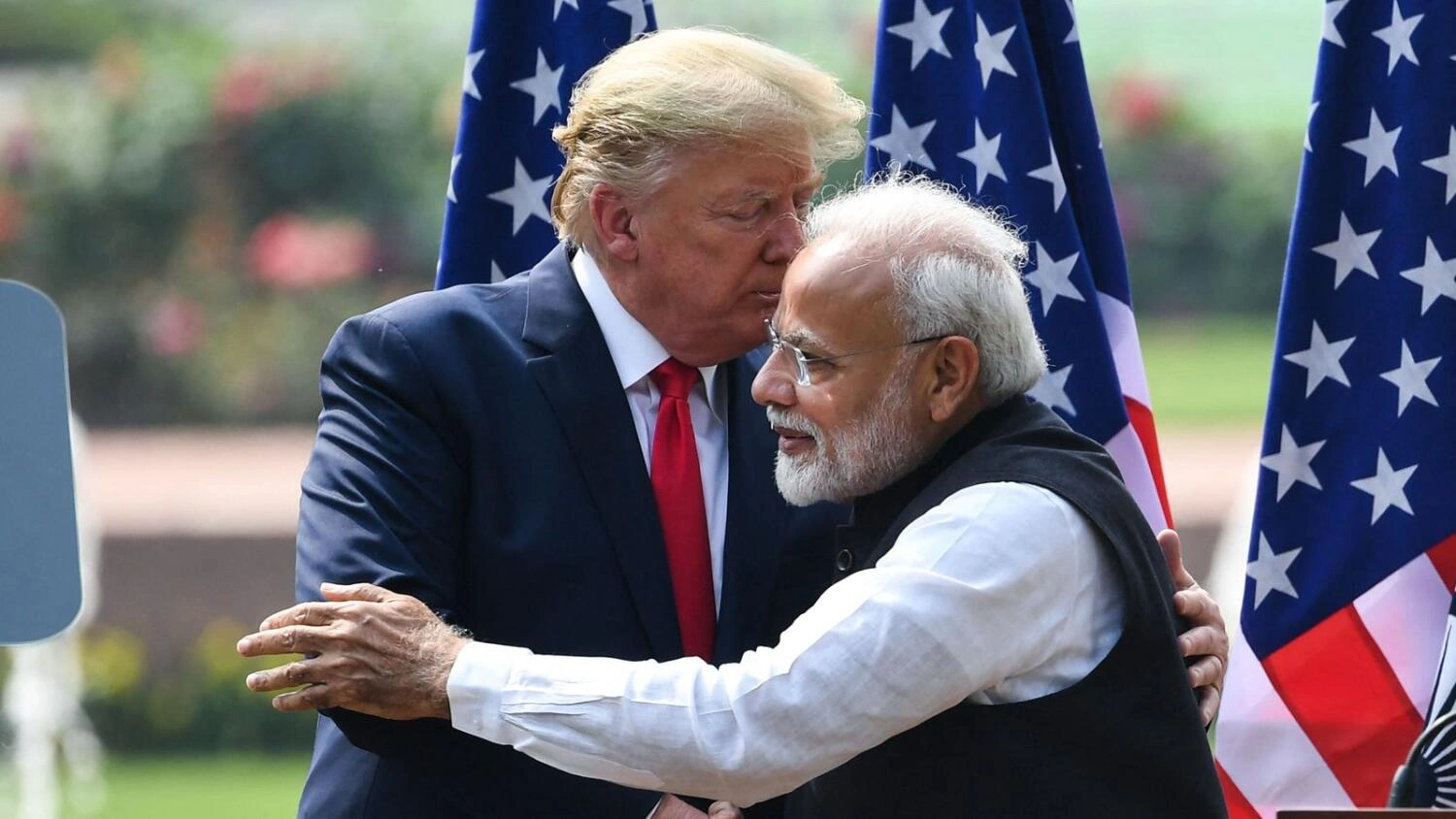India is gearing up to reduce tariffs on some agricultural products and other goods imported from the US. The goal is to secure a broader trade and investment agreement after Donald Trump assumes office, according to government and industry insiders in New Delhi.
To address Trump’s proposal of a “reciprocal tax” on Indian goods for high tariffs, Indian commerce ministry officials are considering lowering duties on selected products.
Key Tariff Reductions
India may cut tariffs on high-end medical devices like pacemakers and luxury motorcycles such as Harley Davidson, which currently face duties ranging from 25% to 60%, said an official with knowledge of the trade discussions.
In the fiscal year 2023/24, India-US bilateral trade exceeded $118 billion, with India holding a $32 billion trade surplus. Officials aim to resolve trade imbalances by offering trade incentives and purchasing more LNG and defense equipment from the US.
Boosting Imports from the US
India’s energy imports from the US, including crude oil, refined fuel, and coal, were estimated at $12 billion in 2024, while aircraft and parts purchases stood at $2 billion. Officials project these imports could grow by an additional $5 to $10 billion annually.
Despite the ongoing confidential discussions, the commerce ministry declined to comment. Sources indicated India plans to engage in talks once the Trump administration formally takes office.
Opportunity Amidst US-China Tensions
India sees a chance to benefit from Trump’s plans to impose up to 60% tariffs on Chinese imports. Indian officials are positioning the country as an alternative manufacturing hub for global supply chains.
Government officials, think-tanks, and industry groups have discussed strategies to leverage this opportunity. Arvind Virmani, an advisor with the Niti Aayog think-tank, emphasized that strengthening US-India trade ties could benefit both nations.
A Path to Broader Trade Deals
Ajay Sahai, Director General of the Federation of Indian Export Organisations, noted that high tariffs on Chinese goods could encourage global companies to relocate to India. “The arrival of Donald Trump presents opportunities for India to attract investments,” Sahai said.
Although a previous mini-trade deal during Trump’s first term faltered due to disagreements over tariffs and intellectual property, India now seeks a broader agreement. Proposed concessions include production-linked incentives for shipping and support for logistics companies.
Focus on Manufacturing and Foreign Investments
India plans to support US firms under Trump’s “Make in America” program by offering incentives to manufacture low-end products locally. For example, India could produce low-end semiconductors while US companies focus on advanced technology.
To attract more investments, the government is considering expanding foreign direct investment (FDI) limits in the insurance sector from 74% to 100%, benefiting US insurers like AIG. However, this move will require parliamentary approval.
India also aims to boost investments in key sectors like electronics, semiconductors, renewables, and aircraft maintenance, highlighting its potential as a global manufacturing hub.





